Powdery Mildew Coreopsis
dinah9999
9 years ago
Featured Answer
Sort by:Oldest
Comments (24)
dbarron
9 years agoken_adrian Adrian MI cold Z5
9 years agoRelated Professionals
South Elgin Landscape Architects & Landscape Designers · Paradise Landscape Architects & Landscape Designers · Amesbury Landscape Contractors · Ashburn Landscape Contractors · Bedford Landscape Contractors · Deerfield Beach Landscape Contractors · Dunwoody Landscape Contractors · Framingham Landscape Contractors · Franklin Landscape Contractors · Golden Gate Landscape Contractors · Hilton Head Island Landscape Contractors · La Vista Landscape Contractors · Midland Landscape Contractors · Pompton Lakes Landscape Contractors · Snoqualmie Landscape Contractorssunnyborders
9 years agodinah9999
9 years agoTexasRanger10
9 years agodinah9999
9 years agoTexasRanger10
9 years agodinah9999
9 years agosunnyborders
9 years agosunnyborders
9 years agoTexasRanger10
9 years agodbarron
9 years agoTexasRanger10
9 years agodbarron
9 years agoTexasRanger10
9 years agodinah9999
9 years agosunnyborders
9 years agodinah9999
9 years agojosephines167 z5 ON Canada
9 years agodinah9999
9 years agodinah9999
9 years agoperen.all Zone 5a Ontario Canada
9 years ago
Related Stories

GARDENING GUIDESGreat Design Plant: Rosa Banksiae a Low-Maintenance Beauty
This thornless, disease- and insect-resistant rose brings showers of white or yellow flowers to the spring garden
Full Story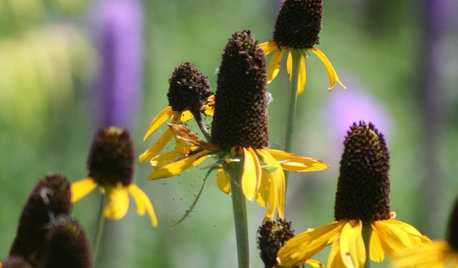
GARDENING FOR BUTTERFLIESGreat Design Plant: Giant Coneflower, a True Exclamation Point
Watch as towering stalks topped by yellow blossoms become a beacon for birds and insects in the midsummer garden
Full Story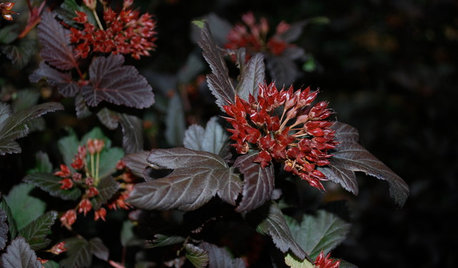
LANDSCAPE DESIGNGreat Design Plant: Sun-Loving Ninebark Puts on a Color Show
This tall, dark and handsome native shrub is equally at home in jeans and boots or in a suit and tie
Full Story
GARDENING GUIDES20 Favorite Flowers for Butterflies and Bouquets
Discover perennials and annuals that do double duty as butterfly magnets and versatile cut flowers
Full Story
GARDENING GUIDESAttract Hummingbirds and Bees With These Beautiful Summer Flowers
Roll out a welcome mat for pollinators to keep your landscape in balance and thriving
Full Story
GARDENING GUIDESTexas Gardener's May Checklist
Be especially water wise this month as you sow seeds, tend to your lawn and plant edibles, grasses and flowers
Full Story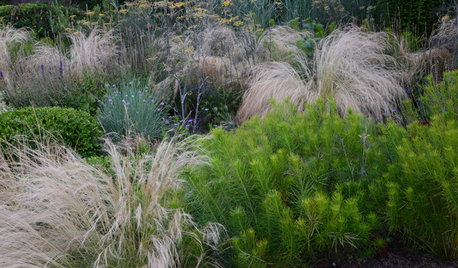
GARDENING GUIDES4 Ways to Break the Rules in Your Garden
For a more creative landscape design, take a different approach to planting
Full Story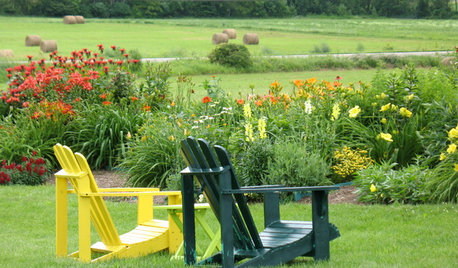
NORTHEAST GARDENINGNortheast Gardener's July Checklist
Fire up your garden with sun-loving yellow and red blooms to put you in a party mood for outdoor summer fun
Full Story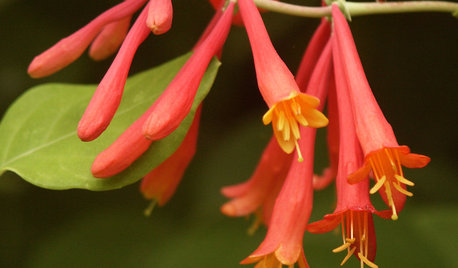
GARDENING GUIDESGreat Design Plant: Lonicera Sempervirens
Grow this long-blooming, flashy flowering vine to cover a fence or arbor and attract hordes of hummingbirds all season long
Full Story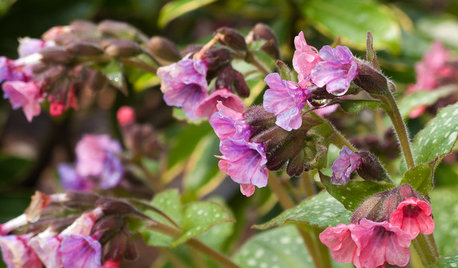
GARDENING FOR BUTTERFLIESGreat Design Plant: Lungwort
Yes, the name is unfortunate. But the flowers and foliage are delightful, and this perennial is easy to grow and shunned by deer
Full Story





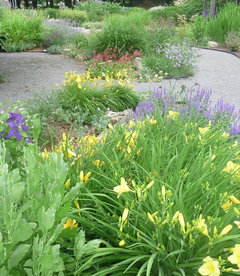

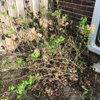
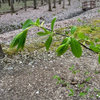
peren.all Zone 5a Ontario Canada